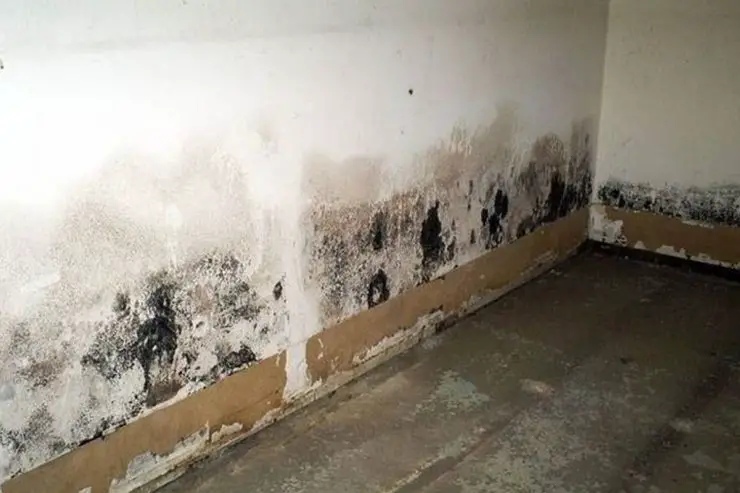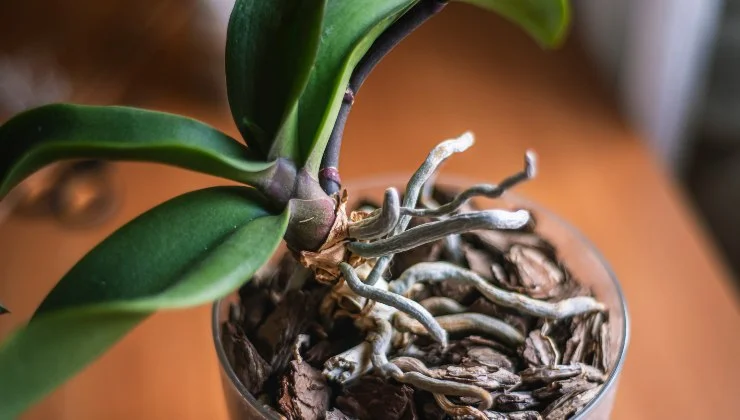How to insulate a damp interior wall with DIY, in economy with a perfect result!
How to insulate a damp interior wall with DIY, in economy with a perfect result!
How to insulate a damp interior wall with DIY, in economy with a perfect result!
The exterior cladding system can save up to 33% energy in a 2-story house. On the other hand, in an 8-story apartment building, you can save up to 45%.
These figures explain why many works have been opened, both public and private, encouraged by the availability of tax deductions for energy efficiency.
In the green building sector, new materials pave the way for the use of even more efficient and clearly sustainable solutions , not only for the interior of a house, but also for the exterior.
In fact, these solutions are able to act especially on the walls useful for dividing the rooms of the house . Among these solutions, one of the most efficient is undoubtedly the one that involves cork .
Using cork to insulate the wall can mean great savings.
To find out how it works and how to use it, just keep scrolling down the page.
Insulate the interior wall: Use cork this way.
To understand how to use cork, it is necessary to understand how this object manages to insulate a wall in an excellent way .
In fact, cork panels are perfect for counteracting the humidity of domestic interior walls, and it is also one of the most ecological materials and also the most practical to use . In fact, they can retain heat during the winter season and give a cooler environment during the summer months .
By using it, therefore, it will be possible to minimize the use of heating and, therefore, also the formation of mold and humidity given by condensation .
These cork panels also have the ability to improve soundproofing and make the room healthier and drier .
Obviously, to use cork to insulate walls, it is necessary to have the help of professionals in the sector. At the same time, it is also possible to complete this work on your own.
The material to buy is a breathable expanded cork panel , 100% natural and designed to last over time. In addition, cork must be certified as a safe material for humans after testing for chemical emission (VOC).
So on the label you have to read the initials and logos of the security protocols.
In fact, for a well-done DIY job, it is necessary to use panels for dry installation, that is, those like CORK – SELF ZERO. These panels are simple and also quick to install. In fact, they must be insulating and must be fixed with the supplied strips or fixed with the use of adhesive materials .
Alternatively, it is possible to use gypsum board finishing sheets, gypsum fiber finishing sheets and even wooden slats. In short, you have to use the material you have available.
How thick should cork board be to be effective?
There are various thicknesses of cork panels that are useful for insulating a wall. The most classic and common are agglomerated cork panels that have a thickness of 1 centimeter and for external indicators it must be a maximum of 20 .
Regarding interiors , however, the density of the panel to be purchased should be about 155 kg per cubic meter . In this way, excellent thermal-acoustic insulation will also be obtained.
The thinnest and most efficient are the compressed cork rolls, which have a higher density of around 200 kg per cubic meter , but at the same time are thinner, ranging from 2 to 10 millimeters .
More modern materials can also be left exposed after perhaps decorating them with natural paints.
Now is the time to get to work. If you need more information on the subject, we leave you HERE the link to click on





